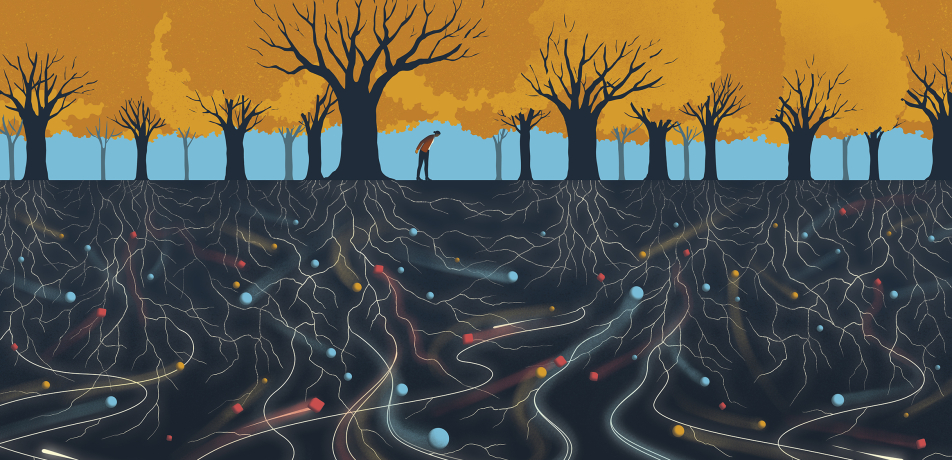Recent observation and nutrient analysis in the Gulf of Maine has found that within the past 50 years nutrient sources have become more limited, impacting the entire ecosystem. The Gulf of Maine receives nutrient-rich waters from the continental slope that enters through the Northeast Channel, north of Georges Bank (figure 1). These continental slope waters originate off southern Newfoundland and travel into the Gulf of Maine passing by Labrador and the Scotian Shelf, all the while accumulating and retaining its high concentration of nutrients. Nutrients from this water source, such as nitrate and silicate that exist in excess within continental slope water, make the Gulf of Maine a highly productive area. Nitrate is of particular interest as it is often the limiting nutrient. In other words, nitrate is often scarce in an ecosystem and therefore is the nutrient that puts a cap on the accumulation of biomass such as phytoplankton. However, recent observation and nutrient analysis in the Gulf of Maine has found that within the past 50 years nutrient sources have become more limited, impacting the entire ecosystem.

Since the 1970s, studies have shown a notable decrease in the abundance of nitrate in the Gulf of Maine. Along with this change, the deep waters in the Gulf of Maine have become cooler and less salty. In 2010, Townsend et al suggested that these changes all originate from the accelerating melting of ice in the Arctic. Since salt does not freeze, when water freezes in the Arctic, the ice it forms is made of freshwater. As this freshwater melts at a faster rate than the Earth has previously seen, it changes the salinity of the water, making it fresher and therefore less dense. Deep ocean circulation is based on density and so with this change in density, comes a change in the way water circulates the planet.
Given the changes in densities of water in the Arctic, a new source of water from the bottom of the Atlantic ocean carrying far less nutrients now supplies the Gulf of Maine. With the changes in deep ocean circulation patterns, now water entering the Gulf of Maine passes closer to the bottom of the ocean. As this water passes the ocean floor, microbes in the sediment remove nitrogen from the water (for use as a nutrient), a process called denitrification. While this benefits ecosystems at the bottom of the deep ocean, by the time the water reaches the Gulf of Maine, much of the nitrate in the water has already been used.
The Gulf of Maine will become less productive as ecosystems are supplied with low concentrations of nitrate for long periods of time. Phytoplankton, the first step of the food web, absorb these nutrients and use them for growth. Once phytoplankton are less abundant, animals that rely on them for food will begin to struggle. As nitrogen deficiency continues up the food chain, it will eventually reach the larger fish upon which we in Maine rely on for our food. The gradual loss of nitrogen rich waters to the Gulf of Maine is not only a sad reminder of climate change’s far reaching consequences, but also presents a growing issue for the fishing industry in Maine which relies on the productivity of the water.
Work Cited
Townsend, D. W., Pettigrew, N. R., Thomas, M. A., Neary, M. G., McGillicuddy, D. J., & O’Donnell, J. (2015). Water masses and nutrient sources to the Gulf of Maine. Journal of Marine Research, 73(3), 93–122. doi:10.1357/002224015815848811


